支原体预防试剂现货促销Invivogen Plasmocin™ prophylactic
Plasmocin™
Mycoplasma Removal Agent
Plasmocin™ is used to cure cell lines infected by mycoplasma and related cell wall-less bacteria.
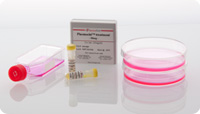 Plasmocin™ can also be used as a routine addition in liquid media to prevent mycoplasma and more generally bacterial contamination in small and large animal cell cultures.
Plasmocin™ can also be used as a routine addition in liquid media to prevent mycoplasma and more generally bacterial contamination in small and large animal cell cultures.
More info on Mycoplasma eradication
Plasmocin™ is a well-established antimycoplasma reagent. It contains two bactericidal components strongly active against mycoplasmas that allow their elimination in only 2 weeks.
The first component acts on the protein synthesis machinery while the second acts on the DNA replication. These two specific and separate targets are found only in mycoplasmas and many other bacteria and are compley absent in eukaryotic cells.
Warning: InvivoGen's anti-mycoplasma products are suitable for research purposes only, and not for human or animal care.
- Specifications
- Docs
- Contents
- Description
- Details
- Citations
– Active on both free mycoplasmas and intracellular forms
– No resistance in liquid cultures of mycoplasmas
– No apparent adverse effect on cellular metabolism
– Active at low concentrations on a broad range of Gram positive and negative bacteria
– Eliminates mycoplasma in as little as 2 weeks
– Treat up to 25 cell lines in T75
- TDS Plasmocin™ prophylactic : 25 mg (10 x 1 ml) (ant-mpp)
- TDS Plasmocin™ treatment : 50 mg (2 x 1 ml) (ant-mpt)
- MSDS Plasmocin™ prophylactic : 25 mg (10 x 1 ml) (ant-mpp) , 50 mg (2 x 1 ml) (ant-mpt)
Plasmocin™ is provided as a yellow solution at different concentrations:
– 25 mg/ml (Plasmocin™Treatment)
– 2.5 mg/ml (Plasmocin™ Prophylactic)
In contrast to other anti-mycoplasma compounds, Plasmocin™ is active on both free mycoplasmas and intracellular forms. This advantage is conferred by one component of Plasmocin™ which is actively transported into mammalian cells. It ensures that following treatment with Plasmocin™ a cell culture is not reinfected by mycoplasmas released from intracellular compartments of infected cells.
In all animal cell lines tested to date, even at five times the working concentration, no apparent adverse effect on cellular metabolism is observed.
No resistance in liquid cultures of mycoplasmas has ever been identified in repeated experiments attempting to measure the mutation rate. Therefore, development of resistant mycoplasma strains is virtually eliminated.
Plasmocin™ is also active at low concentrations on a broad range of Gram positive and Gram negative bacteria that are otherwise resistant to the mixture of streptomycin and penicillin, and exhibits no toxicity in eukaryotic cells.
Many cell lines infected by mycoplasmas have been successfully treated with Plasmocin™, including embryonic stem cells, hybridomas and retrovirus packaging cells.
Comparison of the most common anti-mycoplasma agents [1-3]
| Product |
Supplier |
Treatment |
Ease of use |
Efficacy |
Cytotoxicity |
Resistance |
| BM-Cyclin |
Roche |
3 weeks |
– |
+++ |
+ |
+/- |
| Ciprobay |
Bayer |
12 to 20 days |
+ |
++ |
+/- |
+ |
| MRA |
ICN |
1 to 2 weeks |
+ |
++ |
+/- |
+ |
| Plasmocin |
InvivoGen |
2 weeks |
+ |
+++ |
+/- |
– |
Antibiotics commonly used in cell culture are inactive on mycoplasma (e.g. penicillins and streptomycin). Three classes of antibiotics have been shown to kill mycoplasma at relatively low concentrations: tetracyclines, macrolides and quinolones. Tetracyclines and macrolides block the protein synthesis by interfering with ribosome translation, while quinolones inhibit the replication of bacterial DNA.
Several antibiotics are commercially available for the removal of mycoplasma: BM-cyclin (Roche) contains a macrolide and a tetracycline, Ciprobay (Bayer, available only with a prescription) and MRA (ICN) are both quinolones. Plasmocin™ is the only antimycoplasma reagent that combines a macrolide and a quinolone. Unlike BM-Cyclin that requires the sequential and cyclic use of 2 antibiotics, Plasmocin™ is ready-to-use and can be added to the culture medium directly. Furre, the 2 antibiotics in Plasmocin™ act on separate targets blocking protein synthesis and DNA replication, whereas the 2 antibiotics in BM-Cyclin are both inhibitors of protein synthesis. Therefore, Plasmocin™ is more effective in removing mycoplasma and prevents the appearance of resistant strains. In contrast to other anti-mycoplasma compounds, Plasmocin™ is active on both free mycoplasma as well as intracellular forms. This advantage is conferred by one component of Plasmocin™ which is actively transported into mammalian cells. It ensures that following treatment with Plasmocin™ a cell culture is not reinfected by mycoplasma released from intracellular compartments of infected cells. To date, no consistent and permanent alterations that affect the eukaryotic cells during and after the treatment have been detected[1].
1. Uphoff CC, Drexler HG., 2005. Eradication of mycoplasma contaminations. Methods Mol Biol. 290:25-34.
2. Somasundaram C. et al., 1992. Use of ciprofloxacin and BM-Cyclin in mycoplasma decontamination.In Vitro Cell Dev Biol. 28A(11-12):708-10
3. Drexler HG. et al., 1994. Treatment of mycoplasma contamination in a large panel of cell cultures. In vitro Cell Dev Biol Anim. 30A(5):344-7
Recent articles using Plasmocin™
- 2012 – J Virol Methods., Epub ahead of print
Mycoplasma removal: Simple curative methods for viral supernatants.
Baronti C, Pastorino B, Charrel R, de Lamballerie X
- 2011 – Mol Pharmacol., 80(6):1066-75
Ca2+/calmodulin-dependent kinase (CaMK) signaling via CaMKI and AMP-activated protein kinase contributes to the regulation of WIPI-1 at the onset of autophagy.
Pfisterer SG, Mauthe M, Codogno P, Proikas-Cezanne T
- 2011 – J Immunol., 186(12):6822-6829
Tumor cell programmed death ligand 1-mediated T cell suppression is overcome by coexpression of CD80.
Haile ST, Bosch JJ, Agu NI, Zeender AM, Somasundaram P, Srivastava MK, Britting S, Wolf JB, Ksander BR, Ostrand-Rosenberg S
- 2012 – J. Biol. Chem., 287: 8082 – 8091
Loss of lysosomal ion channel transient receptor potential channel mucolipin-1 (TRPML1) leads to cathepsin B-dependent apoptosis.
Colletti GA, Miedel MT, Quinn J, Andharia N, Weisz OA, Kiselyov K
- 2012 – Immunity, 36(3):464-476
An NLRP7-containing inflammasome mediates recognition of microbial lipopeptides in human macrophages.
Khare S, Dorfleutner A, Bryan NB, Yun C, Radian AD, de Almeida L, Rojanasakul Y, Stehlik C
ORDERING
Plasmocin™ prophylactic
| Description |
Removal agent to prevent mycoplasma contamination |
| Cat. Code |
ant-mpp |
| Unit Size |
25 mg (10 x 1 ml) |
| Price |
Please contact our distributor |
Plasmocin™ treatment
| Description |
Removal agent to eliminate mycoplasmas |
| Cat. Code |
ant-mpt |
| Unit Size |
50 mg (2 x 1 ml) |
| Price |
Please contact our distributor |
YOU MAY ALSO NEED
| PlasmoTest™ |
Detection of mycoplasma contamination in cell culture kit |
| Normocin™ |
Antimicrobial agent for prevention against Mycoplasma, Bacteria and Fungi |
| Fungin™ |
Antimicrobial agent for prevention and elimination of Fungi |
| G418 |
Selection antibiotic for the neo gene |
| Puromycin |
Selection antibiotic for the pac gene |

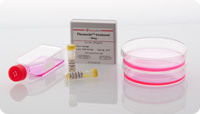 Plasmocin™ can also be used as a routine addition in liquid media to prevent mycoplasma and more generally bacterial contamination in small and large animal cell cultures.
Plasmocin™ can also be used as a routine addition in liquid media to prevent mycoplasma and more generally bacterial contamination in small and large animal cell cultures. Plasmocin™ can also be used as a routine addition in liquid media to prevent mycoplasma and more generally bacterial contamination in small and large animal cell cultures.
Plasmocin™ can also be used as a routine addition in liquid media to prevent mycoplasma and more generally bacterial contamination in small and large animal cell cultures.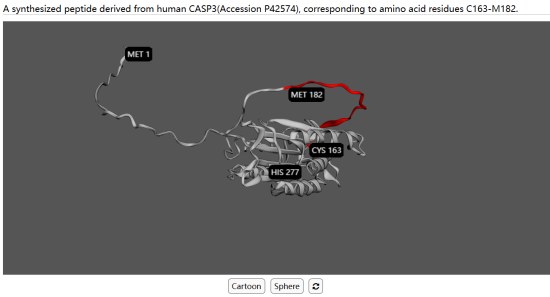
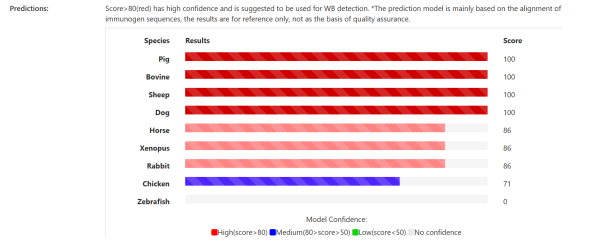


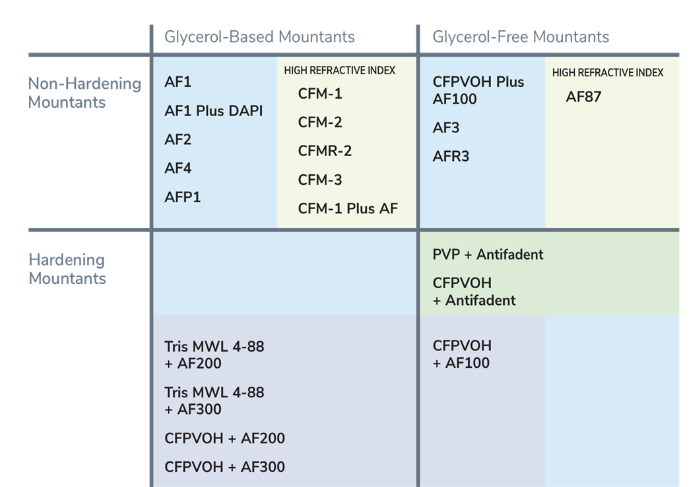
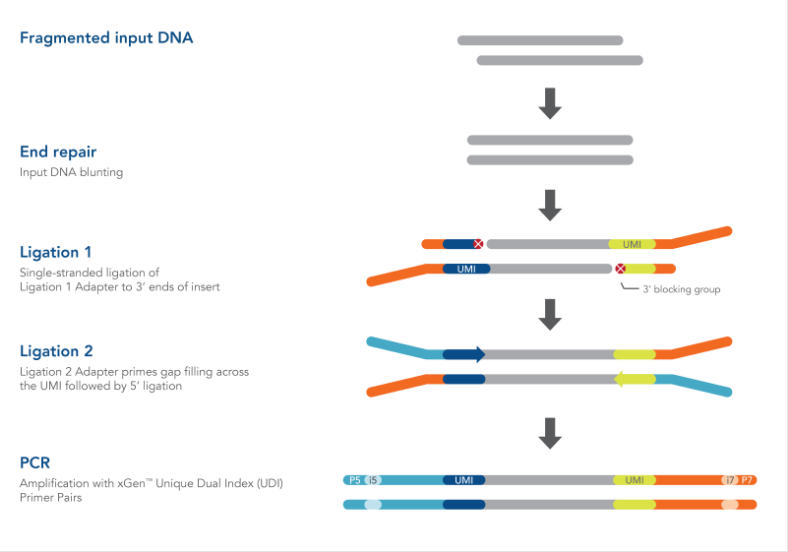
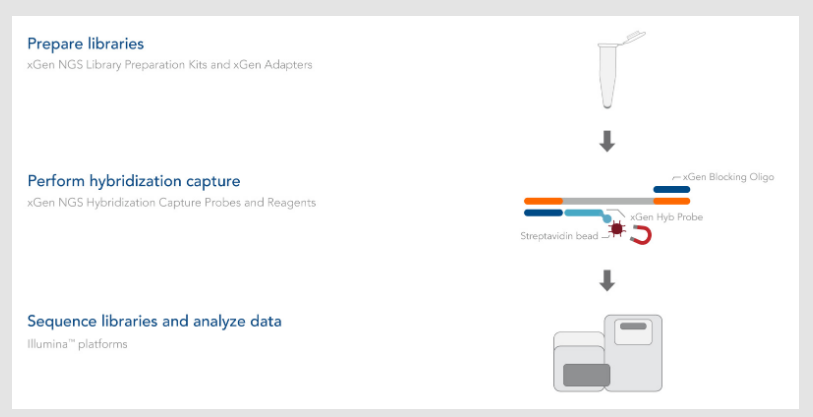 图 2. 杂交捕获和测序研究工作流程概览。
图 2. 杂交捕获和测序研究工作流程概览。